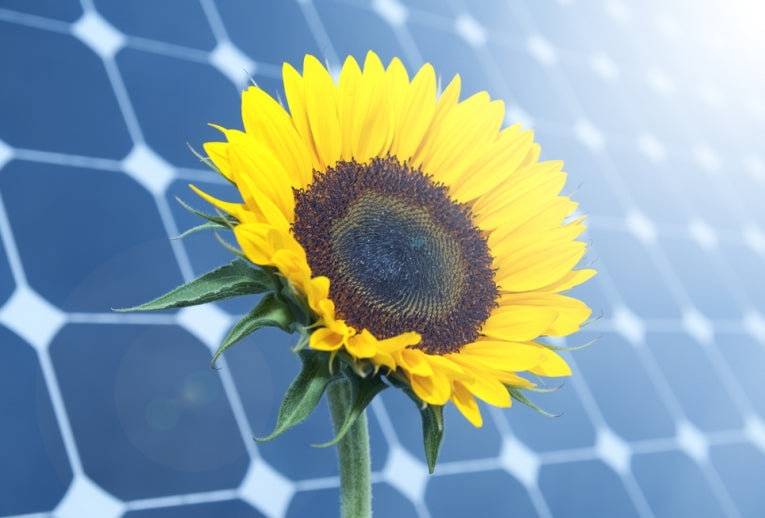Sunflowers are incredibly interesting plants to study. Through a process called heliotropism, a sunflower tracks the way the sun moves and positions itself so that it gets the greatest possible amount of sunlight during daytime hours. The phenomenon encouraged Hongrui Jiang, a professor working at the University of Wisconsin-Madison, to investigate whether or not he could use the sunflower as inspiration in acquiring solar energy. That thought lead to the creation of a solar tracker unlike any that have come before it.
The Purpose of Solar Trackers
Solar panels at commercial solar farms, and occasional solar panels for homes, are held by solar trackers. These devices move the panels so that they get as much sun exposure as possible, making them more efficient and maximizing the amount of power generated in any given day. Solar panels with trackers are about 30 percent more efficient than solar panels without these devices. Particularly in cases where space is limited, solar trackers are very beneficial. However, it is important to realize that they cannot be installed on a slanted roof and that there may be other limitations.
The Passive Solar Tracker
Nearly all of the solar trackers previously built included a motor in order to help them work correctly. The passive solar tracker, however, simply utilizes the sun's rays to get the job done and operates completely without electricity.
Jiang's solar tracker is passive. The device soaks up light with carbon nanotubes, and also includes liquid crystalline elastomers. The carbon nanotubes, in particular, are a crucial part of the design; because they can absorb a variety of different kinds of light, they make it possible to utilize the sun to control the solar tracker. This eliminates the need for a motor.
Effects on Energy Production
When liquid crystalline elastomers and carbon nanotubes are used in conjunction with one another, the result is a passive solar tracker that follows the sun. Jiang has made this device a reality and has already tested the product out thoroughly. His conclusions show that his passive solar tracker is able improve the work done by solar panels by about 10 percent. If just the solar cells alone were targeted, the effects would not be nearly as great. Jiang's work, therefore, has the potential to help solar energy become more of a reality in the United States and beyond.










